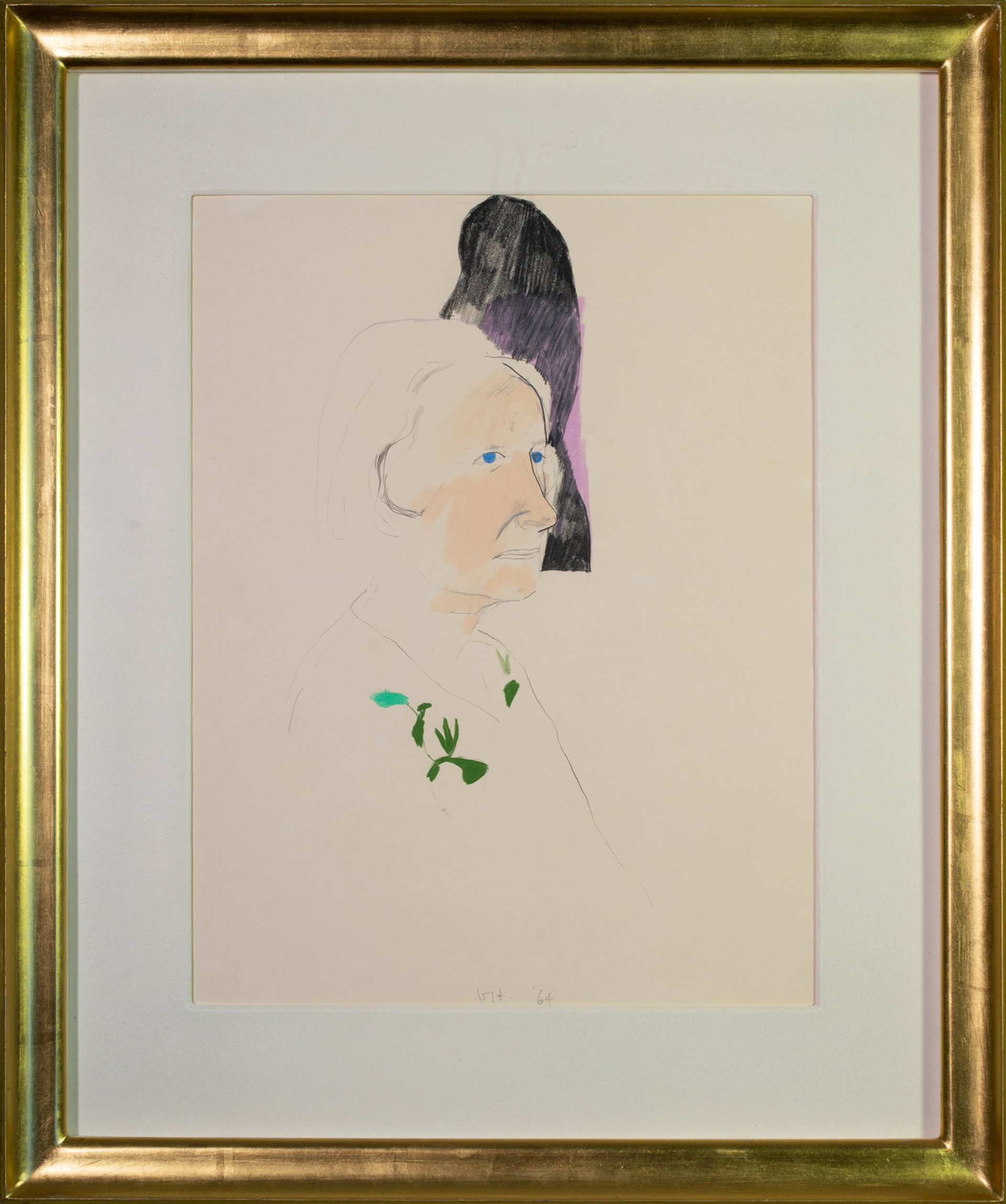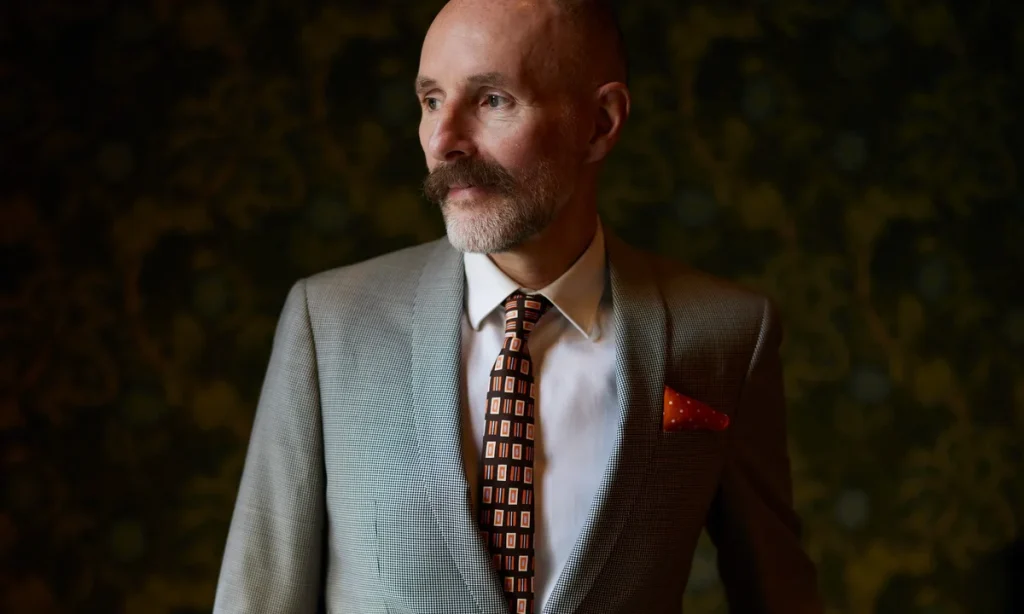Glenn Brown’s work as an artist has always been interconnected with the work of others. His paintings famously start from reproductions of historic or contemporary pictures—including those by Rembrandt, Velázquez, Renoir and John Martin—twisting and changing the appropriated work, their heavy brushwork transformed into a meticulously flat surface.
Three years ago he opened The Brown Collection in Marylebone, not far from Frieze London. The free-to-visit museum is extending its opening hours during Frieze Week (9am to 7pm) and will be showing the exhibition Hoi Polloi, which looks at how ordinary people have been represented in art from the 16th century onwards, alongside related works by Brown.
“All of my work is based on other artist’s work,” Brown told The Art Newspaper in a recent interview. “I appropriate artists and combine their work together into my paintings—so when I look at my work I’m thinking of other artists and I here want to give them credit.”
Meanwhile, in Frieze Masters, Gagosian is presenting an installation by Brown in the Studio section, featuring new paintings, drawings and a sculpture. And you can still catch his exhibition at north London’s Freud Museum, Glenn Brown and Mathew Weir: The Sight of Something, which shows works in dialogue with objects from the museum’s collection.
The Brown Collection, which opened three years ago, features works from Brown’s collection alongside his own; opening hours have been extended during Frieze Week
Photo: Lucy Dawkins
The Art Newspaper: What was the first work you ever bought?
Glenn Brown: The first proper artwork I bought was a coloured crayons and pencil on paper drawing by David Hockney of Renée McDougal from 1964. The drawing has strong, awkward lines that make Hockney’s early drawings so enigmatic. The paper had yellowed through the years but after restoration the beautiful pinks and green crayons could properly shine again, as Hockney intended.

Brown’s first purchase was Renée McDougal (1964) by David Hockney
Studio Poe; Courtesy The Brown Collection
What was the last work you bought?
We just bought a group of Ann Churchill’s Daily Drawings from 1974. They are drawn and painted with such extraordinary intensity and detail that the closer you look, the more entwined you become. Their abstract compositions speak to how it feels to inhabit a body, considered without vision.
How quickly do you decide to buy a work of art?
Very slowly; I am not compulsive. I am certainly not a person who knows what they like.
What do you regret not buying when you had the chance?
I regret not buying things momentarily, but my enthusiasm for art is so broad and extensive that there is always something else to discover.
If you could have any work from any museum, what would it be?
I would prefer that the work stayed in public view in the museum.
Where do you like to eat and drink during Frieze London?
We live in Marylebone—next to Frieze—and there is no shortage of great restaurants to go to, such as St. John and Lina Stores.
Do you have any parties lined up?
I am not awfully keen on parties, but the activities at The Brown Collection keep me very sociable.
What is your least favourite thing about art fairs?
Their environmental impact and waste, though I trust fair organisers are trying hard to mitigate this.
Where do you go in London to get away from it all?
To my studio.
What tip would you give to someone visiting London for the first time?
Don’t make your stay too short as there are so many world-class museums and spaces, from the Courtauld to the British Museum, and obviously The Brown Collection near to the always-excellent Wallace Collection.
Interview by Lee Cheshire
• Hoi Polloi, The Brown Collection, 1 Bentinck Mews, W1U, until 8 August 2026
• Glenn Brown and Mathew Weir: The Sight of Something, Freud Museum, 20 Maresfield Gardens, NW3, until 19 October
